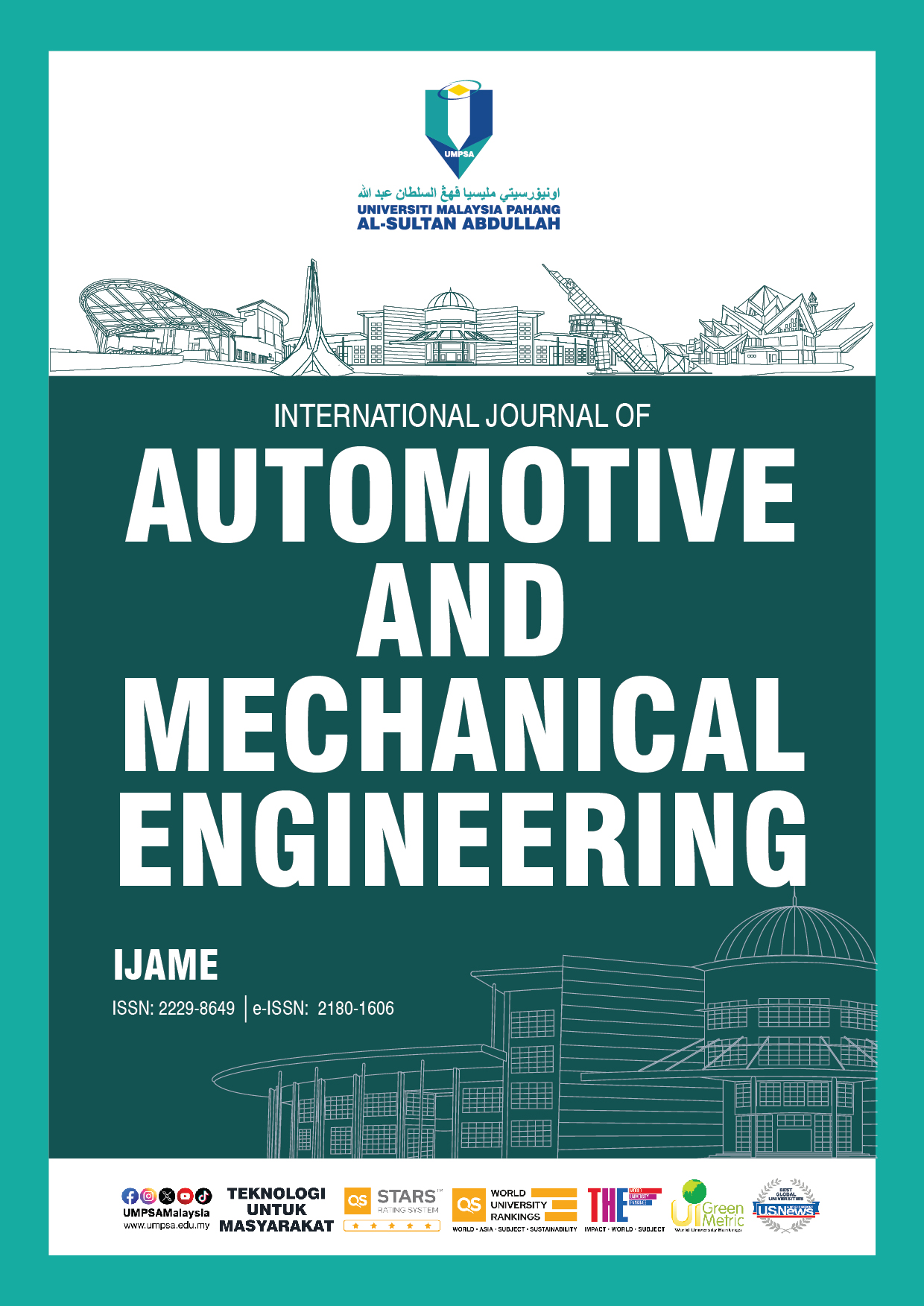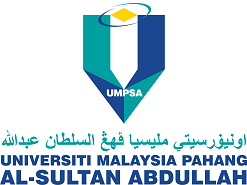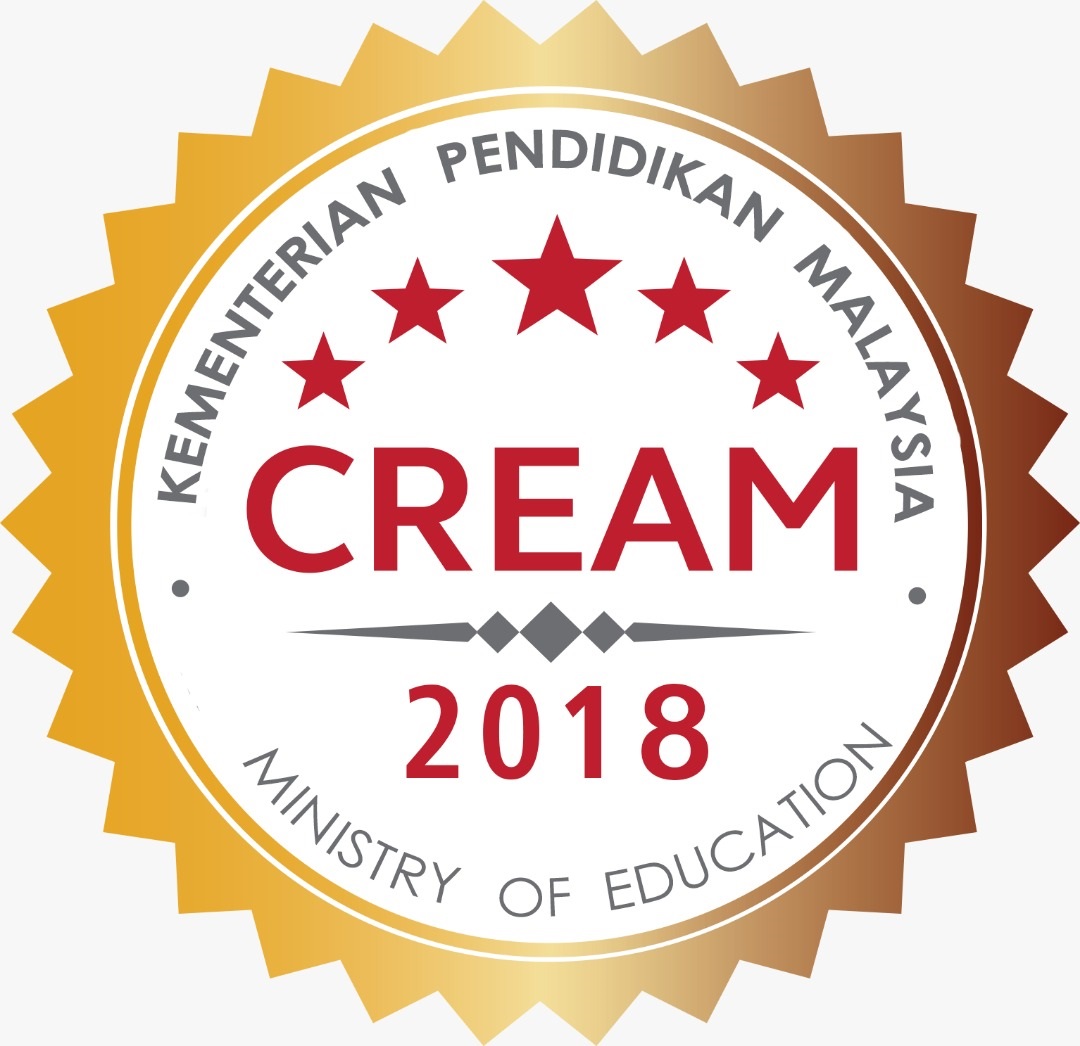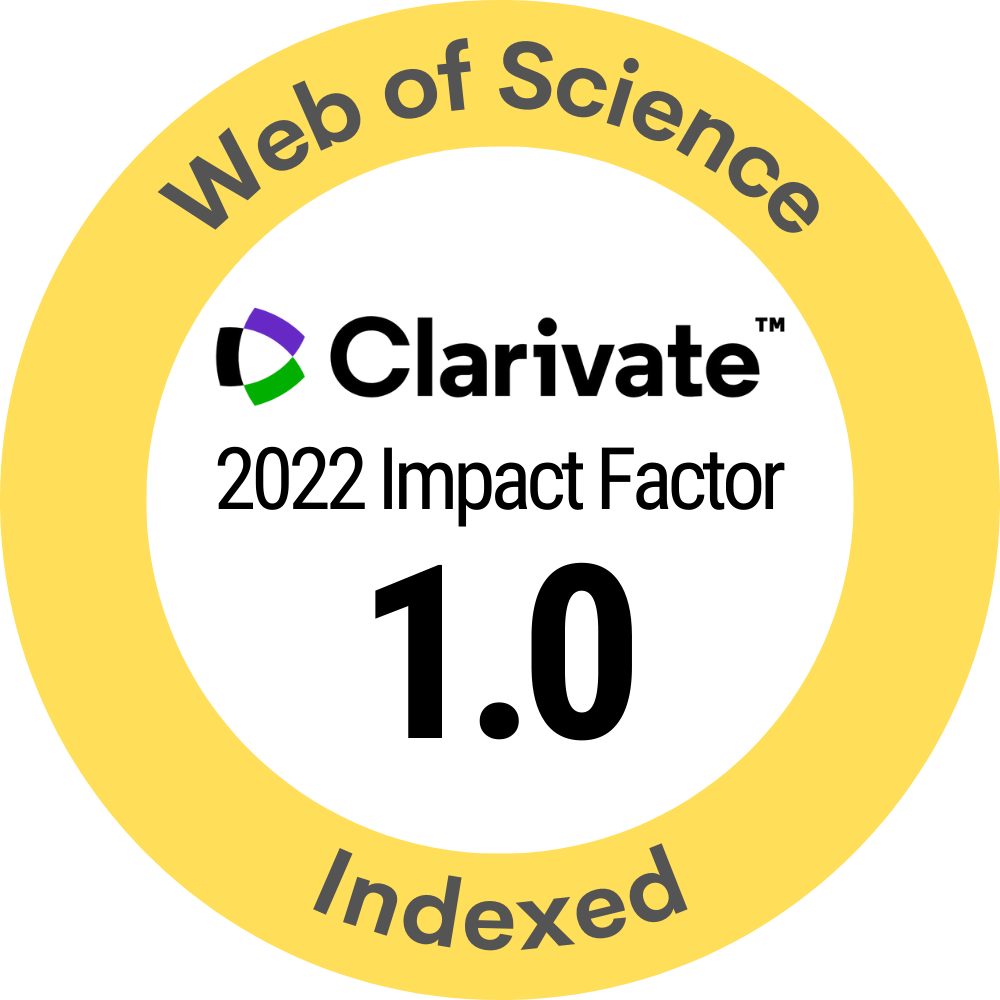Investigation of Mechanical Properties of Groundnut-Based Composite Using the Entropy-Weighted TOPSIS Approach
DOI:
https://doi.org/10.15282/ijame.22.1.2025.9.0926Keywords:
Groundnut Fiber, Composite, Flexural, Impact, TOPSISAbstract
This article presents an experimental study related to groundnut shell fiber-reinforced polymer composite. The powdered groundnut shell (GNS) at different concentrations (5, 10, 15, 20, 25, 30, and 35 wt%) was utilized as reinforcement with epoxy to prepare the composite. The fabricated NaOH-treated GNS fiber/epoxy polymer composite samples underwent testing in accordance with ASTM standards to evaluate mechanical properties such as impact energy, tensile, and flexural. Maximum tensile strength (15.7 N/mm2) and impact energy (28.86 J/mm2) were achieved on 15 wt% GNS/epoxy composites, while maximum flexural strength (40.18 N/mm2) was achieved on 30 wt% GNS/epoxy composite. Morphological analysis of the fabricated NaOH-treated GNS fiber/epoxy polymer composites was studied by applying SEM. The TOPSIS technique integrated with entropy weight was implemented to obtain the optimal weight proportion of GNS reinforcement in a polymer matrix to maximize tensile, flexural, and impact strength simultaneously. The entropy weight technique was employed to obtain weights for response variables. The TOPSIS method suggests 30 wt% of GNS reinforcement as optimal for maximizing desired mechanical properties. The results for optimal level reinforcement obtained through confirmatory experiments were compared to evaluate the effectiveness of the TOPSIS method.
References
[1] R. K. Thakur, K. K. Singh, “Abrasive waterjet machining of fiber-reinforced composites: A state-of-the-art review,” Journal of Brazillian Society of Mechanical Science and Engineering, vol. 42, pp. 381, 2020.
[2] R. K. Thakur, K. K. Singh, “Influence of fillers on polymeric composite during conventional machining processes: a review,” Journal of Brazillian Society of Mechanical Science and Engineering, vol. 43, pp. 94, 2021.
[3] R. K. Thakur, K. K. Singh, “Evaluation of advanced machining processes performance on filler-loaded polymeric composites: a state-of-the-art review,” Journal of Brazillian Society of Mechanical Science and Engineering, vol. 43, pp. 300, 2021.
[4] R. K. Thakur, K. K. Singh, Mahesh, P. Rawat, “Evaluation of graphene nanoplatelets addition and machining methods on the hole quality and bearing strength of glass and carbon fiber reinforced epoxy laminates.” Journal of Manufacturing Processes, vol. 115, pp. 137-155, 2024.
[5] G. M. Kanaginahal, S. Hebbar, K. Shahapurkar, M. A. Alamir, V. Tirth, I. M. Alarifi, M. Sillanpaa, H. C. A. Murthy, “Leverage of weave pattern and composite thickness on dynamic mechanical analysis, water absorption and flammability response of bamboo fabric/epoxy composites,” Heliyon, vol. 9, pp. e12950, 2023.
[6] B. H. H. Goh, H. C. Ong, M. Y. Cheah, W. H. Chen, K. L. Yu, T. M. I. Mahlia, “Sustainability of direct biodiesel synthesis from microalgae biomass: A critical review. Renew,” Sustainable Energy Review, vol. 107, pp. 59-74, 2019.
[7] A. T. Oyewo, O. O. Oluwole, O. O. Ajide, T. E. Omoniyi, M. A. Hussain, “A summary of current advancements in hybrid composites based on aluminium matrix in aerospace applications,” Hybrid Advances, vol. 5, pp. 100117, 2024.
[8] M. R. Sanjay, S. Siengchin, J. Parameswaranpillai, M. Jawaid, C. I. Pruncu, A. A. Khan, “comprehensive review of techniques for natural fibers as reinforcement in composites: Preparation, processing and characterization,” Carbohydrate Polymers, vol. 207, pp. 108-121, 2019.
[9] M. M. Zagho, E. A. Hussein, A. A. Elzatahry, “Recent overviews in functional polymer composites for biomedical applications,” Polymers, vol. 10, pp. 739, 2018
[10] S. H. Kamarudin, M. S. M. Basri, M. Rayung, F. Abu, S. Ahmad, M. N. Norizan, S. Osman, N. Sarifuddin, M. S. Z. M. Desa, U. H. Abdullah, I. S. M. A. Tawakkal, L. C. A. Abdullah, “A review on natural fiber reinforced polymer composites (NFRPC) for sustainable industrial applications,” Polymers, vol. 14, pp. 1-36, 2022.
[11] K. L. Pickering, M. G. A. Efendy, T. M. Le, “A review of recent developments in natural fiber composites and their mechanical performance,” Composites Part A: Applied Science and Manufacturing, vol. 83, pp. 98-112, 2016.
[12] O. Faruk, A. K. Bledzki, H. P. Fink, M. Sain, “Biocomposites reinforced with natural fibers: 2000-2010,” Progress in Polymer Science, vol. 37, pp. 1552-1596, 2012.
[13] L. Kerni, S. Singh, A. Patnaik, N. Kumar, “A review on natural fiber reinforced composites,” Materials Today Proceedings, vol. 28, pp. 1616-1621, 2020.
[14] S. Routray, A. Sundaray, D. Pati, A. K. Jagadeb, “Preparation and Assessment of Natural Fiber Composites for Marine Application,” Journal of The Institution of Engineers (India):Series D, vol. 101, pp. 215-221, 2020.
[15] M. A. Usman, I. Momohjimoh, A. O. Usman, “Characterization of groundnut shell powder as a potential reinforcement for biocomposites,” Polymers Form Renewable Resources, vol. 12, pp. 77-91, 2021.
[16] Usman, A. B. Taiwo, D. Haratu, M. A. Abubakar, “Socio-Economic Factors Affecting Groundnut Production in Sabongari Local Government of Kaduna State Nigeria,” International Journal of Food and Agricultural Economics, vol. 1, pp. 41-48, 2013.
[17] N. Sathiparan, A. Anburuvel, V. V. Selvam, “Utilization of agro-waste groundnut shell and its derivatives in sustainable construction and building materials – A review,” Journal of Building Engineering, vol. 66, pp. 105866, 2023.
[18] S. Adeosun, O. Taiwo, E. Akpan, S. Gbagba, S. Olaleye, “Mechanical characteristics of groundnut shell particle reinforced polyactide nano fiber,” Revista Materia, vol. 21, pp. 482-491, 2016.
[19] M. A. Usman, I. Momohjimoh, A. O. Usman, “Mechanical, physical and biodegradability performances of treated and untreated groundnut shell powder recycled polypropylene composites,” Material Research Express, vol. 7, pp. 035302, 2020.
[20] C. Soni, P. K. Patnaik, S. K. Mishra, S. S. Panda, K. C. Rath, “Sisal fiber and groundnut shell particulate reinforced hybrid epoxy composites: A study on mechanical and tribological properties,” Materials Today Proceedings, In Press, 2023.
[21] O. V. Potadar, G. S. Kadam, “Preparation and Testing of Composites Using Waste Groundnut Shells and Coir Fibers,” Procedia Manufacturing, vol. 20, pp. 91-96, 2018.
[22] E. Garcia, J. F. Louvier-Hernandez, F. J. Cervantes-Vallejo, M. Flores-Martinez, R. Hernandez, L. A. Alcaraz-Caracheo, “Mechanical, dynamic and tribological characterization of HDPE/peanut shell composites,” Polymer Testing, vol. 98, pp. 107075, 2021.
[23] D. D. C. V. Sheng, N. S. Ramegowda, V. Guna, N. Reddy, “Groundnut shell and coir reinforced hybrid bio composites as alternative to gypsum ceiling tiles,” Journal of Building Engineering, vol. 57, pp. 104892, 2022.
[24] O. Oulidi, I. Elaaraj, M. Jabri, A. Nakkabi, A. Bouymajane, F. R. Filali, N. Fahim, E. Moualij, “Enhancing and hindering biodegradation: A comparative study on polyamide 6 reinforced with bio-fillers (peanut shell, olive pomace, and plaster),” Sustainable Chemistry for the Environment, vol. 7, pp. 100116, 2024.
[25] O. V. Potadar, G. S. Kadam, “Preparation and Testing of Composites Using Waste Groundnut Shells and Coir Fibers,” Procedia Manufacturing, vol. 20, pp. 91-96, 2018.
[26] W. Baig, M. Mushtaq, “Investigation of mechanical properties and water absorption behaviour on tamarind shell fiber – Reinforced epoxy composite laminates,” Materials Today Proceedings, vol. 45, pp. 440-446, 2020.
[27] S. Ramu, N. Senthilkumar, B. Deepanraj, “Experimental investigation on alkali treated (NaOH) groundnut shell (Arachis hypogaea L.) and rick husk (Oryza sativa) particle epoxy hybrid composites,” Materials Today Proceedings, In Press 2023.
[28] R. Baptista, A. Mendao, M. Guedes, R. Marat-Mendes, “An experimental study on mechanical properties of epoxy-matrix composites containing graphite filler,” Procedia Structural Integrity, vol. 1, pp. 74-81, 2016.
[29] M. A. G. Benega, W. M. Silva, M. C. Schnitzler, R. J. E. Andrade, H. Ribeiro, “Improvements in thermal and mechanical properties of composites based on epoxy-carbon nanomaterials – A brief landscape,” Polymer Testing, vol. 98, pp. 107180, 2021.
[30] C. Y. Dang, K. Liu, M. X. Fan, S. Q. Zhu, S. H. Zhao, X. J. Shen, “Investigation on cryogenic interlaminar shear properties of carbon fabric/epoxy composites improved by graphene oxide-coated glass fibers,” Composites Communications, vol. 22, pp. 100510, 2020.
[31] E. Sarikaya, H. Calloglu, H. Demirel, “Production of epoxy composites reinforced by different natural fibers and their mechanical properties,” Composites Part B: Engineering, vol. 167, pp. 461-466, 2019.
[32] C. E. Shannon, “A Mathematical Theory of Communication,” The Bell System Technical Journal, vol. 27, pp. 623–656, 1948.
[33] E. Wang, N. Alp, J. Shi, C. Wang, X. Zhang, H. Chen, “Multi-criteria building energy performance benchmarking through variable clustering based compromise TOPSIS with objective entropy weighting,” Energy, vol. 125, pp. 197–210, 2017.
[34] R. Kumar, S. Singh, P. S. Bilga, Jatin., J. Singh, S. Singh, M. L. Scutaru, C. I. Pruncu, “Revealing the benefits of entropy weights method for multi-objective optimization in machining operations: A critical review,” Journal of Materials Research and Technology, vol. 10, pp. 1471–1492, 2021.
[35] R. K. Thakur, K. K. Singh, “Impact of MWCNT in CFRP composite during end milling process,” Materials and Manufacuring Processes, vol. 37, no. 7, pp. 816-824, 2021.
[36] S. Chakraborty, “TOPSIS and Modified TOPSIS: A comparative analysis,” Decision Analytics Journal, vol. 2, pp. 100021.
[37] L. Lamrini, M. C. Abounaima, M. T. Alaoui, “New distributed-topsis approach for multi-criteria decision-making problems in a big data context,” Journal of Big Data, vol. 10, pp. 97.
Downloads
Published
Issue
Section
License
Copyright (c) 2025 The Author(s)

This work is licensed under a Creative Commons Attribution-NonCommercial 4.0 International License.







